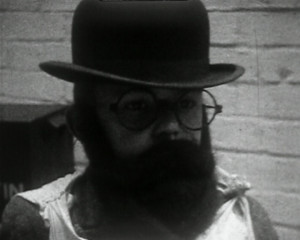
"An amateur comedy drama about a young Englishman pursued by Russian spies and the kidnapping of his girlfriend." (EAFA Database)
"A Vacation with Lucy Carlisle, Margaret Pinkham, Virginia Carlisle." oldfilm.org
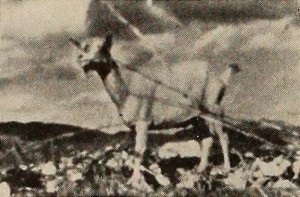
"Vida Pacoima, a two reel study of Mexican life in the southern California village of Pacoima, by Randolph B. Clardy, represents a near miracle in portraying a mood in motion pictures. Whether one likes (i.e., is entertained by) the film or not, there is no gainsaying the amazing emotional effect of its intelligent and beautiful cinematography. Here, in easy going and seemingly unstudied sequence, is the utter aimlessness of the slatternly village and its defeated people. Chickens and children, billy goats and black gowned old women, these are the life of Pacoima. Mr. Clardy has caught them all—either dreaming or drowsy in the sunshine—and presents them with a telling reiteration against the background of their broken homes and through the slats of their sagging fences. A sensuous delight, the photography is as nearly perfect as circumstances would permit, outstripped only by an unerring and often ineffable sense of motion picture continuity. In Vida Pacoima, Mr. Clardy is an artist to his finger tips and a movie maker down to the ground." Movie Makers, Dec. 1938, 617.
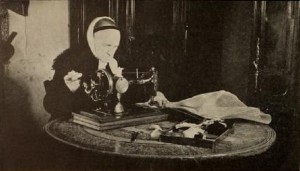
"Luc Fauvel is a Norman, and he turned to his own pays to contrive as sensitive and trenchant a study of French provincial life, in miniature, done by the medium of film, as did giants like Flaubert and de Maupassant through the medium of words. His Vieille France has irony, pathos, humor and plain reporting. It is the tale of an old bonnet maker of Normandy, who goes through her daily tasks, in which she has grown old, but who, at the end of the labor, reviews the past, by means of her photograph album, and meditates on her son, who died on the field of honor in the World War, and on her daughter who has become a great dancer and is far removed from the little Norman village of her origin. Mr. Fauvel accomplishes most by suggestion, by indirect statement and by a kind of insidious comment on life, never more than fleetingly presented. This young Frenchman, now studying at Cambridge, in England, will give us better and more technically well knit pictures as times goes on." Movie Makers, Dec. 1937, 630.
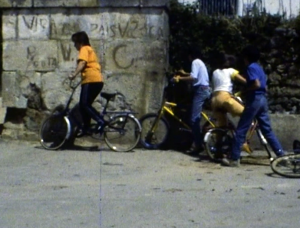
Documental corto sobre el pueblo de Villa de Corres. El filme comienza con varios paisajes de los alrededores y planos de montañas y el río. A continuación se muestra el pueblo, aparecen casas, el río, calles y algunas partes características como el Castillo, el hospital, la iglesia de San Esteban, el bebedero, la fuente , la plaza, etc. También aparecen algunas personas mayores y niños por las calles. Se comenta que es un pueblo con una población de 30 habitantes pero que es uno de los pueblos más longevos de la provincia de Álava.
Short documentary about a town called Villa de Corres. The film begins with several landscapes of the surroundings and shots of the mountains and the river. Then the film shows the town, houses, the river, streets, and some landmarks like the Castle, the hospital, the San Esteban church, the drink fountain, the fountain, the square, etc. Some older persons and children are also seen. It is said that the town only has a population of 30 persons, but that it is one of the longest-living towns in the Alava province.
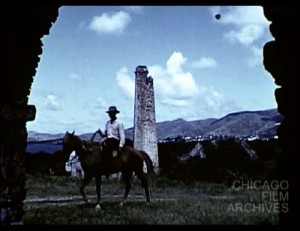
Travelogue exploring the history, sights, and people of the Virgin Islands.
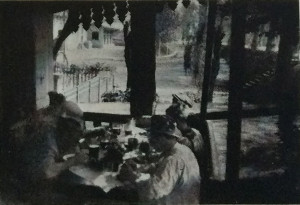
"a soggetto"/fiction
Vita, regia di Enrico Parnigotto e Fernando De Marzi. L'azione del film ha luogo in un'officina, e la trama e imperniata sulla figura di un operaio la cui moglie attende di essere madre. Egli va al lavoro come ogni mattina ma appare piuttosto preoccupato fino a ehe gli giunge la notizia della nascita di un maschio e il direttore della azienda gli concede libera uscita. L'azione è narrata con molta semplicita, e pur procedendo in taluni punti con qualche incertezza, non manca di qualche inquadratura efficace.
Vita, directed by Enrico Parnigotto and Fernando De Marzi. The action of the film takes place in a workshop, and the plot hinges on the figure of a worker whose wife is waiting to be a mother. He goes to work as every morning but appears rather worried until he gets the news of the birth of a boy and the director of the company grants him leave. The action is narrated with much simplicity, and while proceeding at some points with some uncertainty, does not lack some effective framing.
—Il ventuno 26 (Review of the G.U.F. of Venice) March 1935
A film capturing slices of everyday life, narrativizing Mori’s small children playing with each other.
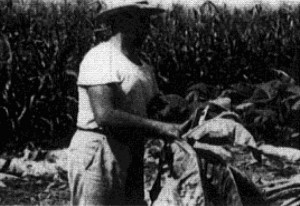
"The simple ways of life are desired by most of us even in our struggle to get to some other place or environment. The Amish in Pennsylvania have managed to hold onto the good things of the land and simple ways of life. The skills and crafts of these people are brought forth as this film presents its story of their daily activities" PSA Journal, Oct. 1961, 48.
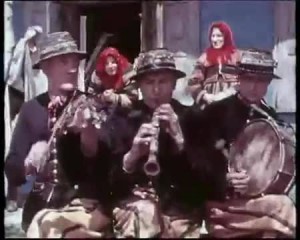
A short excerpt of the film survives, showing a wedding celebration in Złaków Borowy, Poland. The film also circulated with the title, "Une Noce a la Campagne."
Total Pages: 29